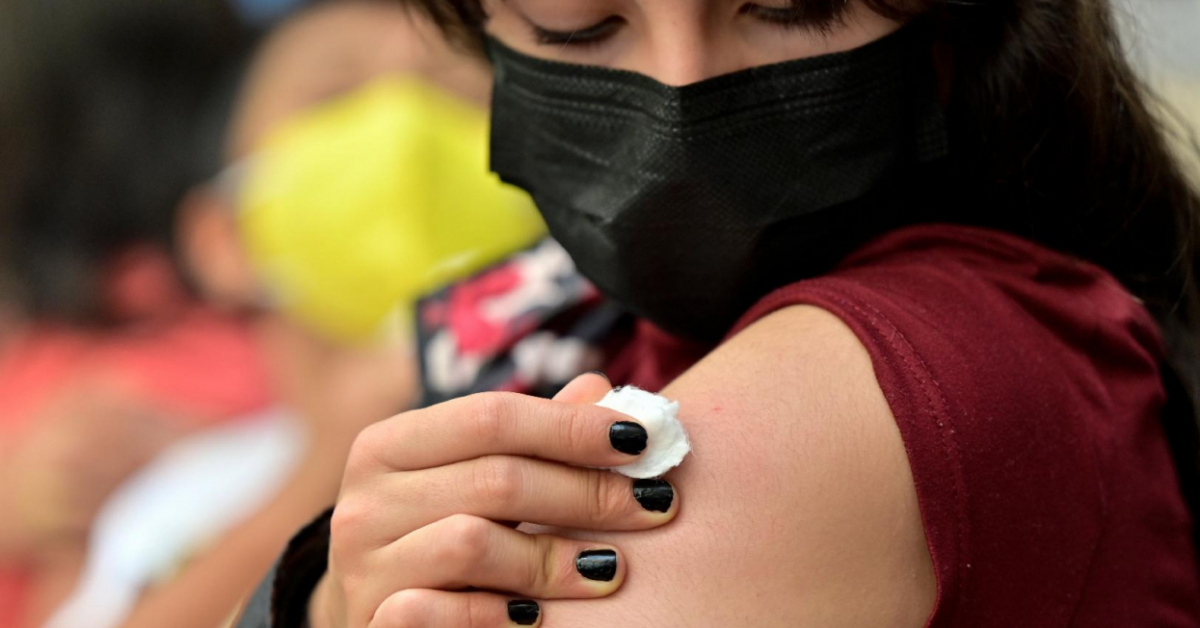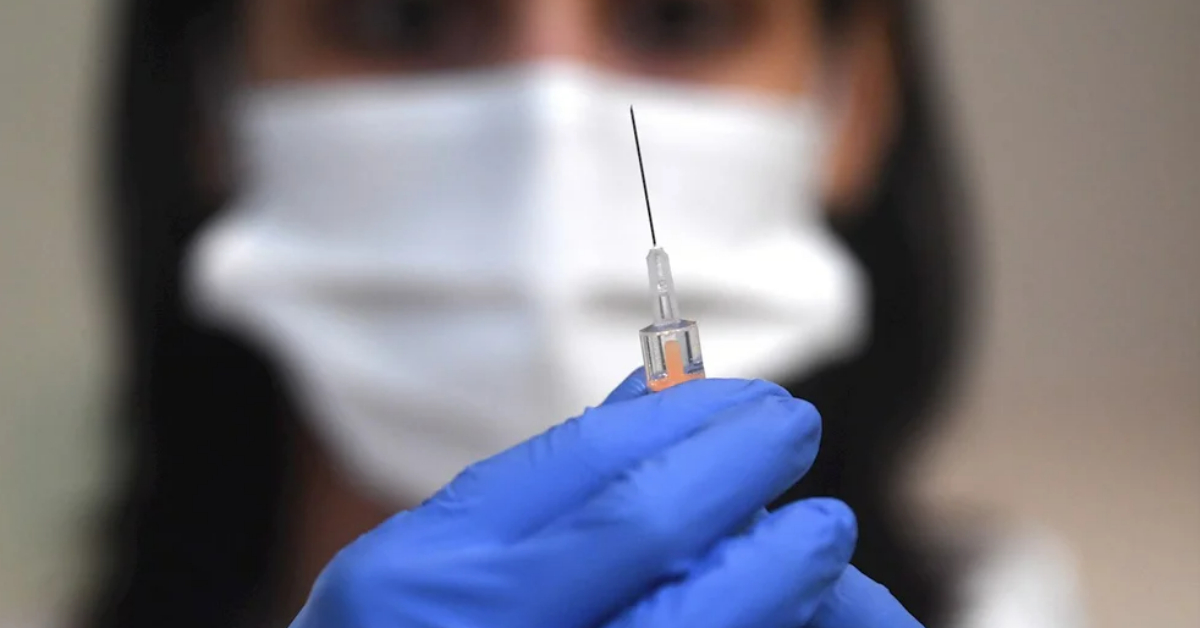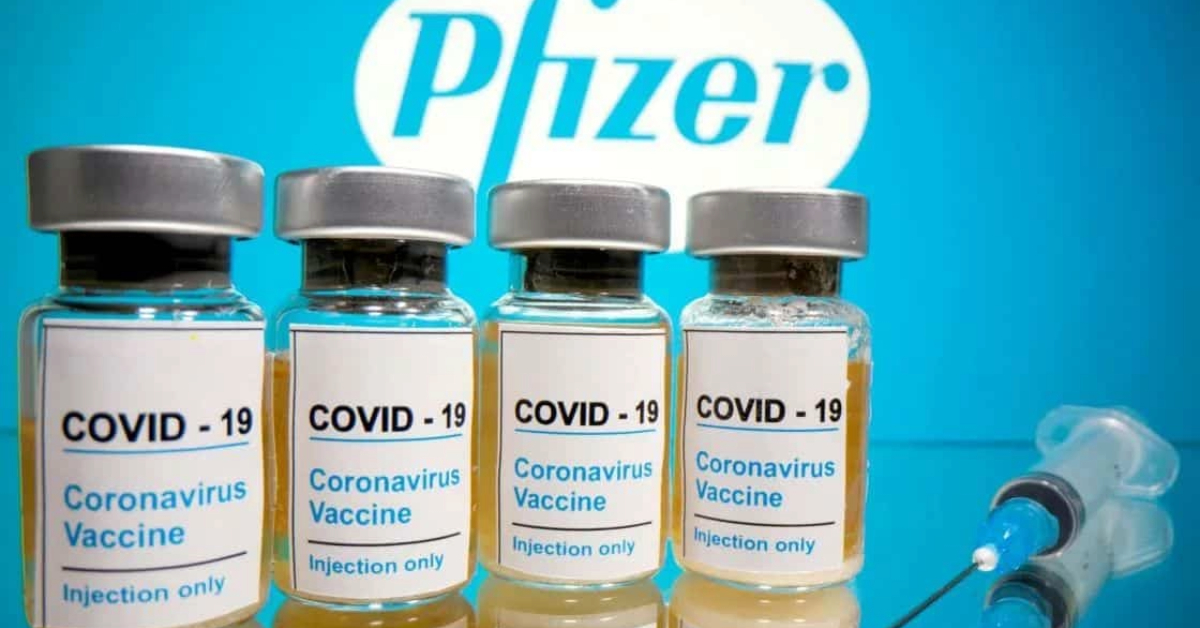The latest confirmed data indicates that 51.2% of all infections (94,958 cases) have occurred so far in the so-called "new normal", as the period after the country's general quarantine was lifted and states began to resume their economic and social activities in stages.
Deaths have also grown by 56% (12,654 cases) in these 22 days of "new normal" and in which 17 states are currently authorized to resume activities beyond those considered economically essential, while the other 15 remain in on alert red indicating maximum risk of infection.
Other data . . .







